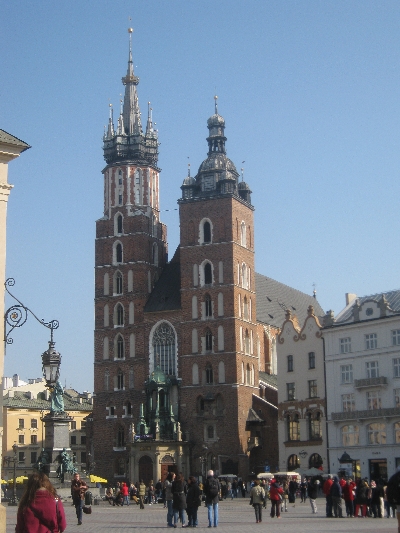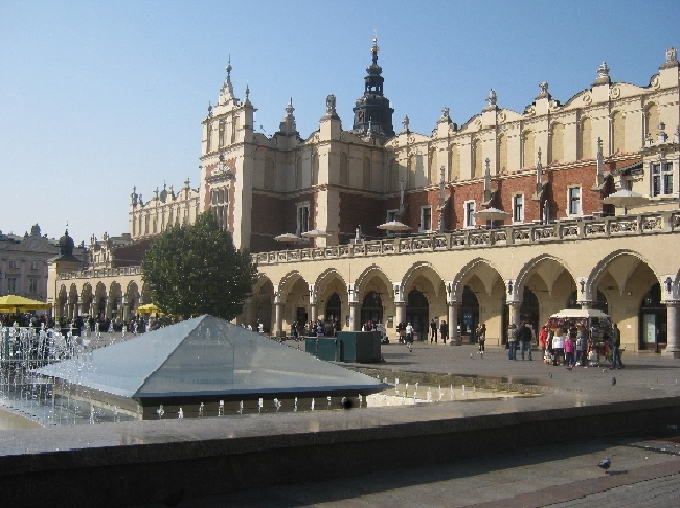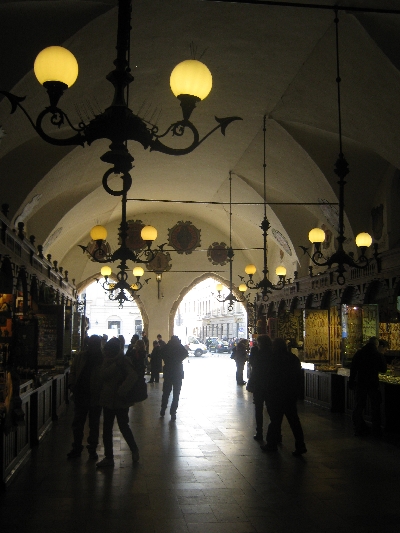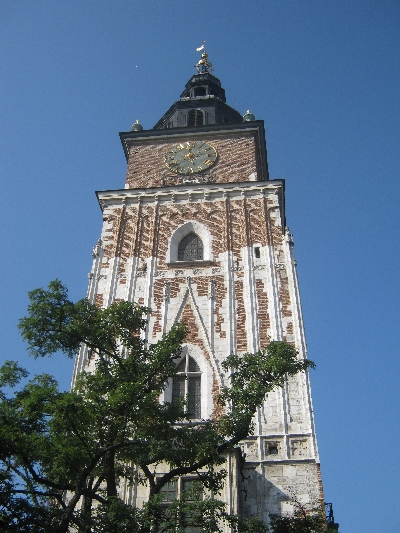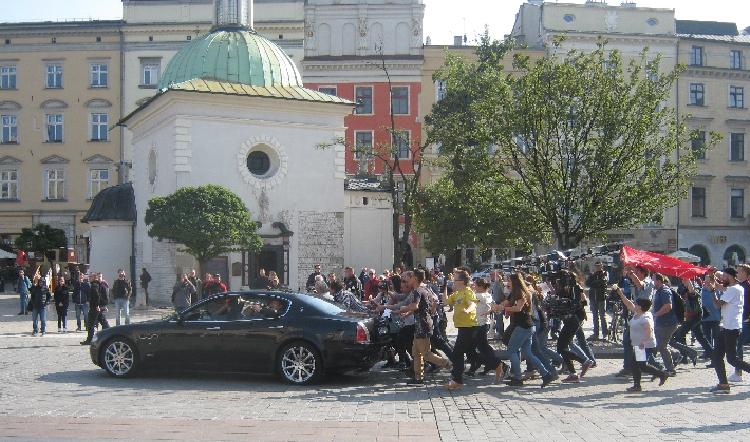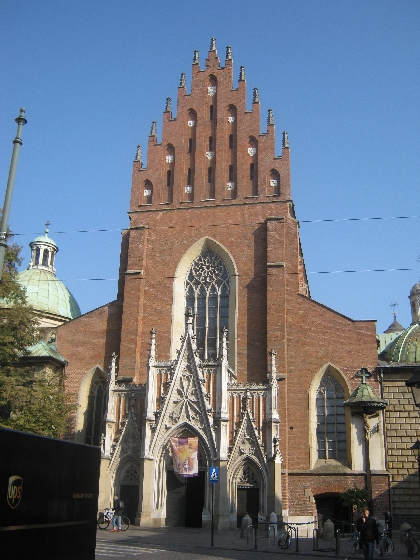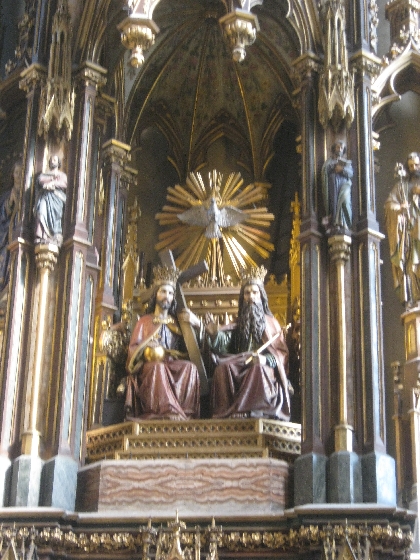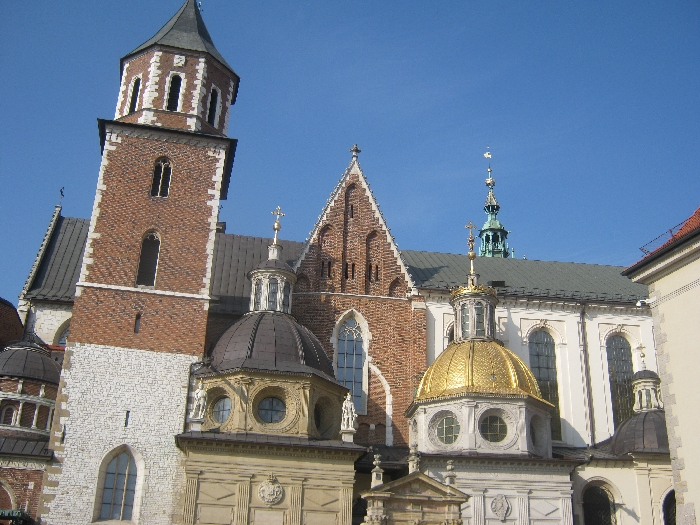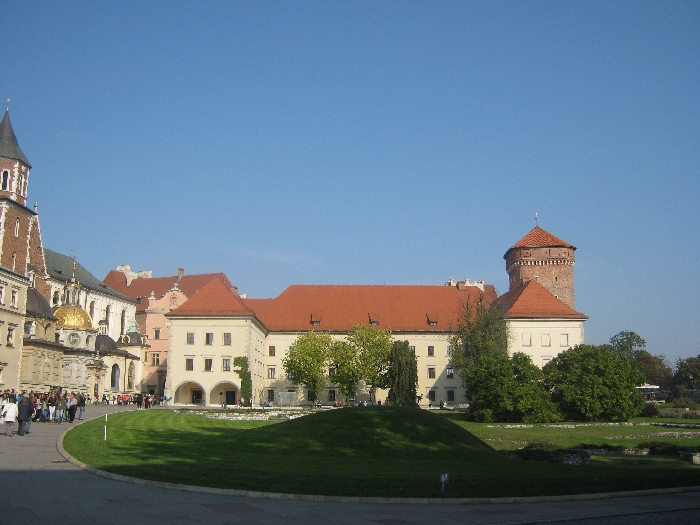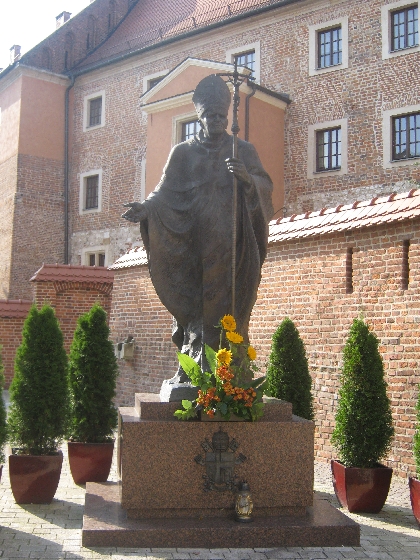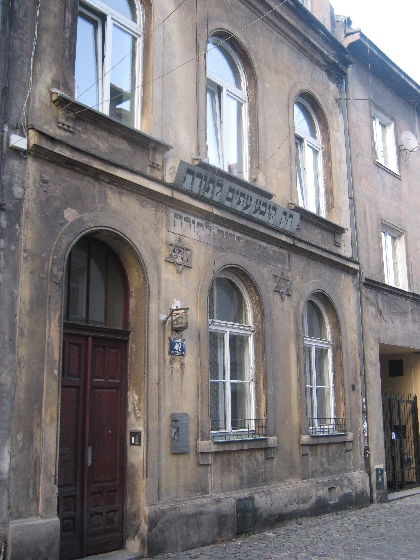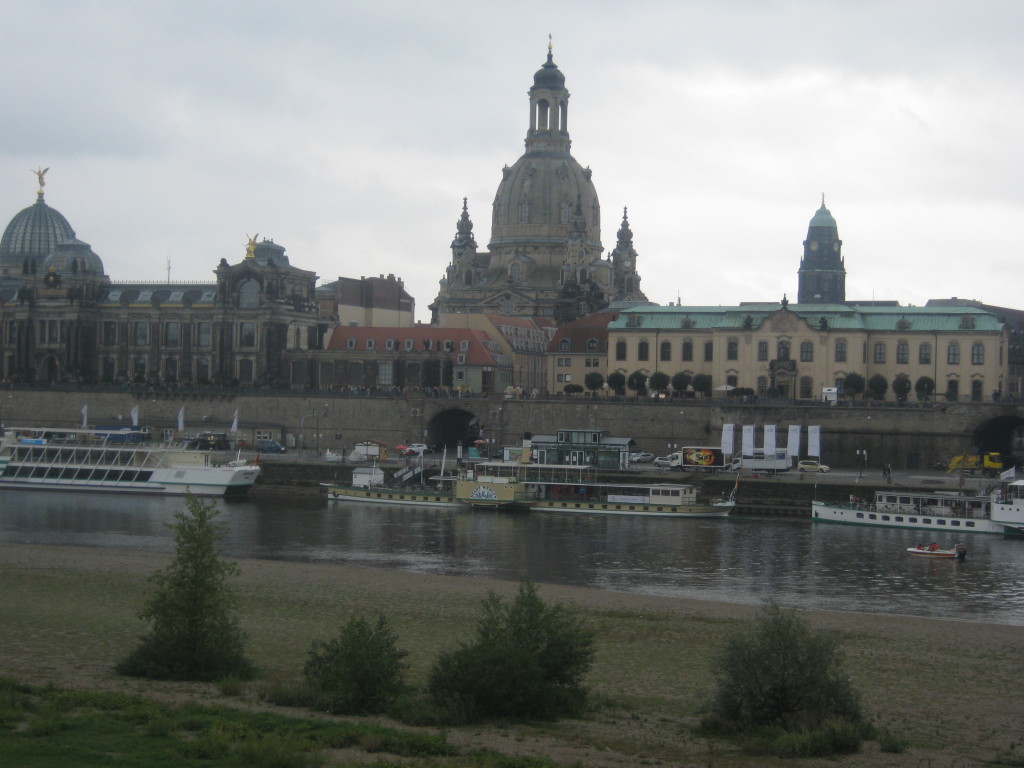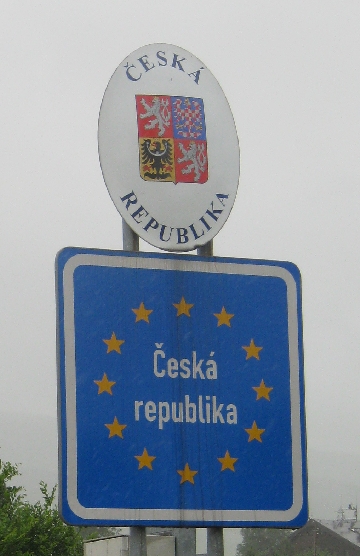
We set out from Kraków on the morning of Friday 9th October, to drive to the small town of Mikolajki in the far north-eastern corner of Poland, aiming to arrive there around lunchtime on Saturday 10th. The centrepiece of our Polish adventure has been to spend a week, cruising the Masurian Lakes, on a hire boat from Marina Miko in Mikolajki. Handover of the boat was to be between 15.00 -18.00 on Saturday afternoon.
I was well aware that we would not accomplish the journey from Kraków to Mikolajki in a single day, which is why I had allowed nearly two days in our travel timetable. In retrospect, I’m very glad that I did. As it turned out, it could have very easily taken us a whole lot longer!
On Friday 9th October, I made a number of significant discoveries, or I was reminded of things I really should have already known 😉 Firstly, driving out of any big city takes time – driving out of Kraków certainly did! Secondly, driving along ordinary Polish main roads, also takes time – lots of it! Whilst the motorway from the Czech-Polish border near Ostrava, to the outskirts of Kraków, had allowed for very speedy progress, route 79 from Kraków to Sandomierz, did not. Lots of small towns and villages with speed limits and plenty of relatively slow moving trucks.
Travelling that day, also really brought home to me, just how big Poland actually is. What looks like a short hop on the road atlas, in reality, takes far longer than anticipated.
When we did finally reach Sandomierz, we then headed for Lublin, finally crossing the Wisla/Vistula river, whose valley we had been following from Kraków. Unfortunately, a section of bypass around Lublin, which is shown as being ‘under construction’ in our road atlas, was still under construction. Thus we battled our way into and out of Lublin during the Friday afternoon rush hour. Progress northwards after that, was a little quicker.
Once it got dark, we decided to head for the next major centre and find somewhere to stay. So when we reached the outskirts of Siedlce, we made for the town centre and spotted a sign for a hotel. The receptionist spoke excellent English and the price for a pleasant double room for the night with breakfast, was very reasonable. As the hotel restaurant seemed all but empty, we instead found a much busier one nearby where we had a most enjoyable evening meal.
The next morning dawned cold, but fine and sunny. Being Saturday, there were relatively few trucks on the road so we made quite rapid progress northwards. After about two hours of driving, we reached the town of Zambrów and decided to take a short break. We parked in a small square opposite a flower shop where a wedding car was being decorated as you can see in the photograph above.
But when we got back into our car to continue our journey, disaster struck. The ‘Carly’ refused to start! It turned over perfectly, so there was clearly plenty of life in the battery. But the engine refused to fire. We tried rolling it down the road to bump start it, but still to no avail.
First we rang the number for the National Emergency Roadside Service as given in our Poland guidebook, but it didn’t work. So we then rang 112 and a most helpful operator who spoke English, gave us the phone number of a local Zambrów breakdown service. He of course, didn’t speak English but somehow Sybille conveyed to him over the phone, where we were and correctly understood him say in reply, that he would be with us shortly. Twenty minutes later, a breakdown truck arrived.
The breakdown truck driver had previously worked in Germany for a short while and therefore spoke some German which aided communication. He rang his mechanic friend to say that he would be bringing a Czech-registered right-hand drive Renault Scenic to him shortly, and then duly took the ‘Carly’ and both of us, to the mechanic’s workshop.Cost 150 zloty/960 Czech crowns.
After about an hour of trying various things, the mechanic and his son conveyed to us that the problem was with the immobilizer. It was an electronic problem rather than a mechanical one. Despite phone conversations with his electronics friend, the mechanic couldn’t fix it. We would have to wait until Monday. All this was conveyed without any of us having any language in common. The similarities between Czech and Polish were of considerable help in our somewhat interesting conversation.
We were able to explain where we were travelling to and why – pointing to the picture of our hire boat in a brochure helped. The mechanic called a taxi driver friend who quoted between 375-400 zloty/2555 Czech crowns to drive us the 125km from Zambrów to Mikolajki and cover the cost of his return journey. We bit the bullet!
Within twenty minutes, the taxi arrived and we then transferred all of our belongings out of the ‘Carly’, and into the taxi. The journey that followed might best be politely described as ‘interesting’. At times our taxi driver drove at speeds of up to 140kph on roads with a maximum speed limit of 90kph. At the end of the journey, Sybille declared that she was in serious need of a double Polish vodka!!!!! But we made it to the marina in Mikolajki arriving at 16.10, still all in one piece – just! – together with all our belongings.
Update – You can find out how we were eventually reunited with the ‘Carly’ here.

